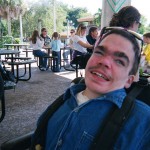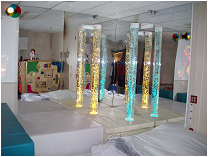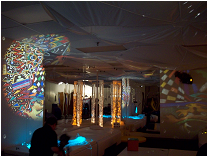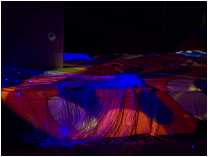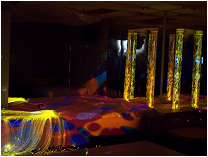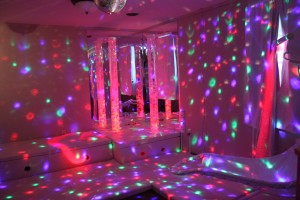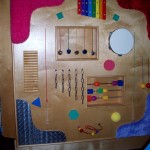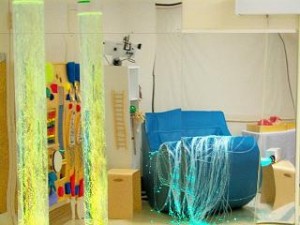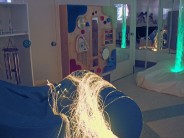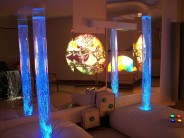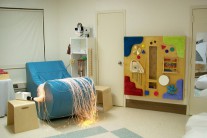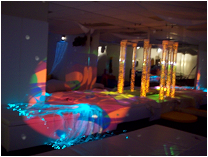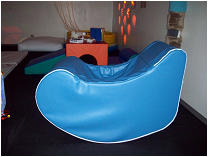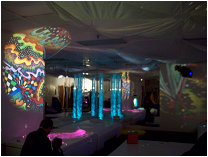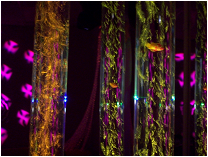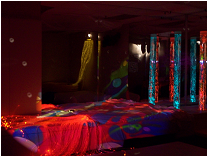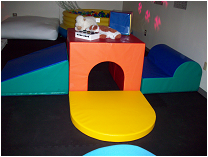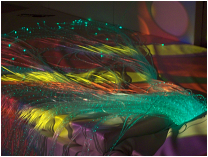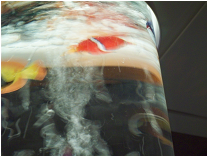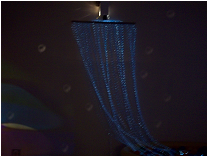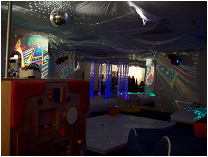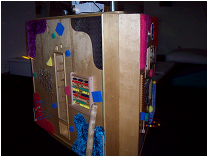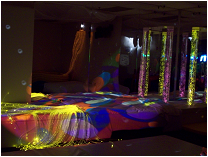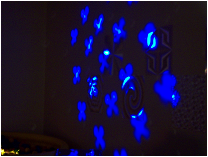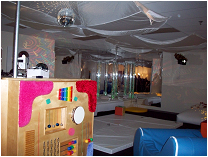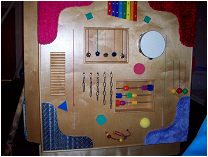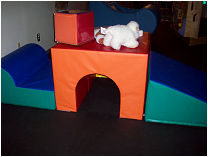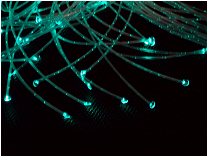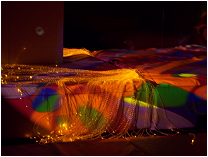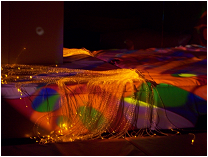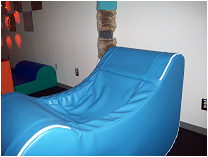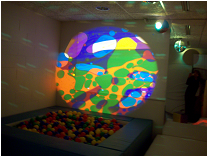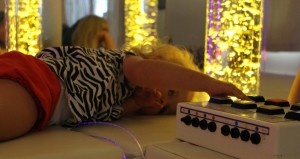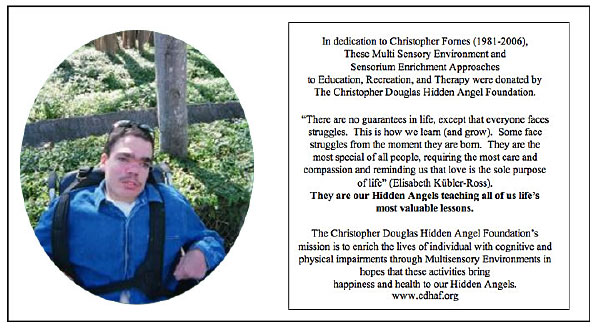“There are no guarantees in life, except that everyone faces struggles. This is how we learn (and grow). Some face struggles from the moment they are born. They are the most special of all people, requiring the most care and compassion and reminding us that love is the sole purpose of life.”– Elisabeth Kübler-Ross
These are our Hidden Angels – teaching all of us life’s most valuable lessons.
Multi Sensory Environments: The Theory
Research has shown that Multi Sensory Environments can improve the health, social well-being and quality of life of persons with severe and profound intellectual disabilities, and of the elderly. In 1997, the Journal of Intellectual Disabilities Research published research showing that time spent in a Multi Sensory Environment full of lights, textures, sounds and smells increases concentration, alertness, calmness, and general awareness of the surrounding world. Individuals also appear happier while in a Multi Sensory Environment, and tend to vocalize more and stay on task. For those with self-injurious or autistic behaviors, the gentle stimulation has a soothing effect and helps relieve agitation and promote relaxation. Additionally, children with perceptual difficulties appear to derive pleasure from the visual, auditory, and tactile experiences.
In addition to heightened sensory perception, Multi Sensory Environments also aid in cognition. Sensory organs have often been referred to as “the window to the brain”. One’s nervous system continues to develop during the first six years of life, and this maturation is dependent upon the successful stimulation of the nervous system via sensory organs. Functional and cognitive development takes place as the nervous system matures. Failure to mature properly results in problems with regard to cognition and function (i.e. trauma, injury, environmental factors, genetics, and medical issues). Mutli Sensory Environments seek to assist in developing a dysfunctional nervous system by stimulating it in a consistent and organized way through a series of sensory activities and movements.
In order to take advantage of brain plasticity (the ability to learn new functional skills, re-learn old skills, and compensate for brain injury or neurological inmaturation) to improve or restore function, the brain must be furnished with a source of increased synaptic connections and sensory-motor input. Adequate stimulation and use of motor ability produced in sufficient frequency, intensity, and duration excites the brain, improves its organization, and permits increased functional activity. By working towards a better-organized, stronger and more efficient nervous system, individuals become better able to demonstrate and to access their true potential. For individuals with cognitive impairment, Multi Sensory stimulation is often the only input to improve and increase synaptic connections and neuron-transmission. The rationale is that exposure to frequent and various sensory stimulation will facilitate both dendritic growth and improve synaptic connectivity in those with damaged nervous systems (Ansell, 1991; Kater, 1989), leading to improved cognitive functioning and environmental interaction (Bos, 1997).
(Mitchel, Bradley, Welch & Britton, 1990; Kater, 1989; Rader, Alston, & Ellis, 1989; Wilson, Powell, Elliott, & Thwaites, 1991).
